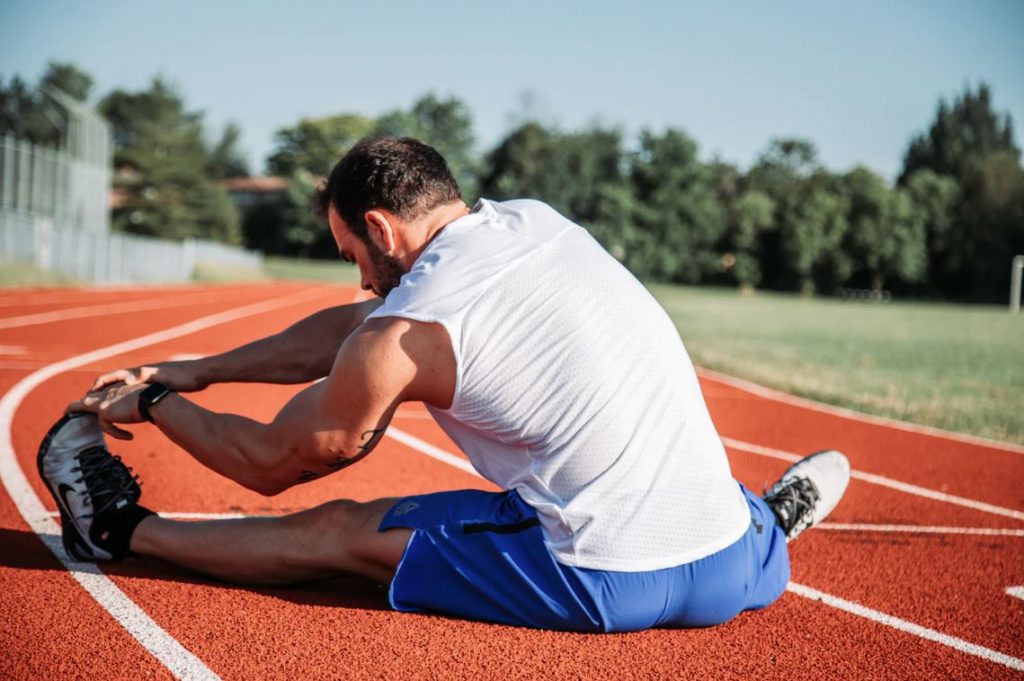
Stretch Your Legs: Stretches All Athletes Should Do Before and After Every Run
Properly stretching your legs will increase your speed, improve your form, and lower your risk of becoming injured. Here is a quick look at four important stretches that you should carry out at least a few minutes before each training session.
Quadriceps Stretches
Along the front of the thigh is a large group of muscles known as the quadriceps. These muscles helps you extend your legs while you are running. The quadriceps are particularly important when you are running up hills and your stride is slightly shorter. To stretch your quadriceps, you can simply lift one foot up to your buttocks and grab onto it with your hand for 30 seconds or longer.
Hamstring Stretches
The hamstring muscles are on the back of the thigh, and that muscle group is just as important as the quadriceps. Unfortunately, many runners never even consider stretching or strengthening their hamstrings, and that can lead to a wide variety of health complications ranging from chronic ankle pain to tendonitis in the knees. Before and after each run, you will need to sit on the ground with one leg extended and reach out to touch your toes. When you are performing that stretch, you should try to keep your back as flat as possible so that only your hamstrings are getting worked.
Calf Stretches
Runners who fail to stretch their calves often end up with chronic injuries, and orthopedic physicians, like those at the Arizona Institute of Motion, often deal with runners who have these kinds of injuries. To avoid injuries to your knees and ankles, you might want to stretch your calves multiple times throughout the day. Luckily, any movement that brings your toes up toward your knees should stretch your calves. That includes options such as standing on a curb with just your toes or leaning against a wall with your legs perfectly straight.
Piriformis Stretches
This unique muscle runs through the gluteal region, and it stabilizes your entire body when you are on your feet. Unfortunately, many runners hurt themselves simply because they fail to stretch and strengthen this muscle on a regular basis. For an excellent piriformis stretch, you can lie on your back with your feet on the floor and both knees bent. You will then need to pull one knee up to your chest and stretch it over your other knee. After 20 or 30 seconds, that foot should be placed back on the ground and you can switch legs.
In addition to stretching before your runs, you should also give yourself time to cool down after you train. A good cool down and a little bit of stretching after a workout will improve the blood flow to your muscles and help you avoid muscle soreness later.
